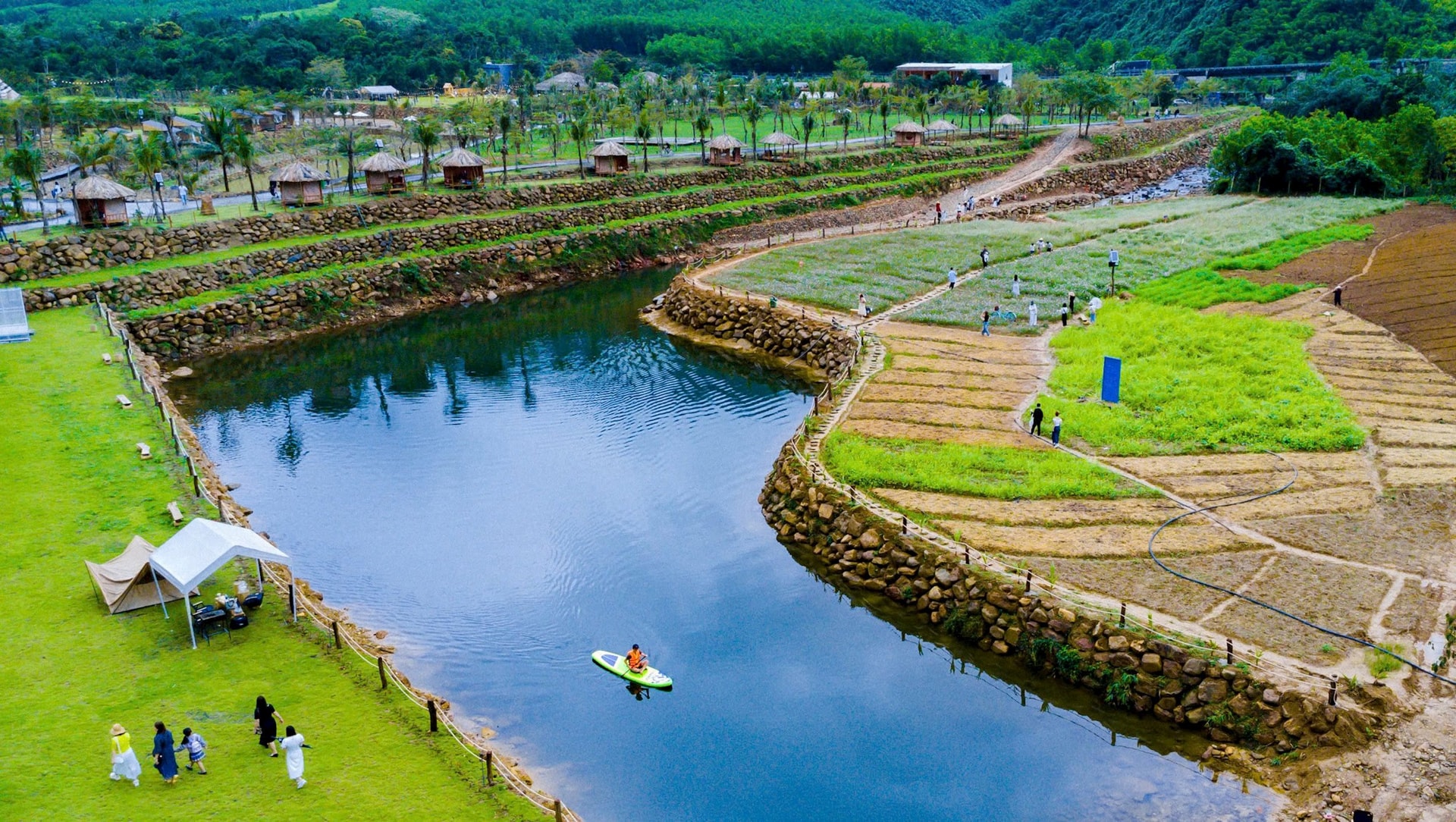
With the advantage of “green mountains and blue water”, the new city of Da Nang is not only famous for My Khe beach, Hoi An ancient town or My Son sanctuary, but also possesses great potential from peaceful countryside, mountainous villages full of identity, where the wild beauty and unique traditional cultural values are still intact. This is the time for the city to boldly transform, exploit and promote more strongly the potential of rural and mountainous tourism .
Before the merger, areas such as Tra Que vegetable village (Hoi An), An Tan, Duy Vinh (Duy Xuyen), Tam Thanh (Tam Ky), and craft villages such as Thanh Ha pottery village, Kim Bong carpentry village, Cam Thanh seven-acre coconut forest... gradually formed community tourism models, bringing stable income to the people.
Meanwhile, Da Nang also has rural areas with great potential such as Hoa Bac, Hoa Phu, Hoa Lien (former Hoa Vang district), where there are beautiful natural landscapes, fertile fields and unique cultural identity of the Co Tu people.
The merger opens up more opportunities to connect rural tourism spaces between the two localities. The tours to experience "a day as a farmer", "growing vegetables, catching fish, cooking with the locals" will no longer stop at Hoi An but can expand to the highlands of Hoa Bac or neighboring communes such as Dai Loc, where the Vu Gia River flows through, bringing both poetry and eco-tourism potential.
In fact, before the unification, Quang Nam had a large number of ethnic areas living in the western mountainous areas such as Nam Giang, Tay Giang, Dong Giang, Phuoc Son, Tra My districts... with ethnic groups such as Co Tu, Gie - Trieng, Bh'noong.
Meanwhile, Da Nang also has Co Tu people living in Hoa Phu and Hoa Bac communes. Villages such as Bhalee, A Nor, Zo Ra, Ta Lang... still preserve the Guol houses, traditional costumes, languages and original festivals.
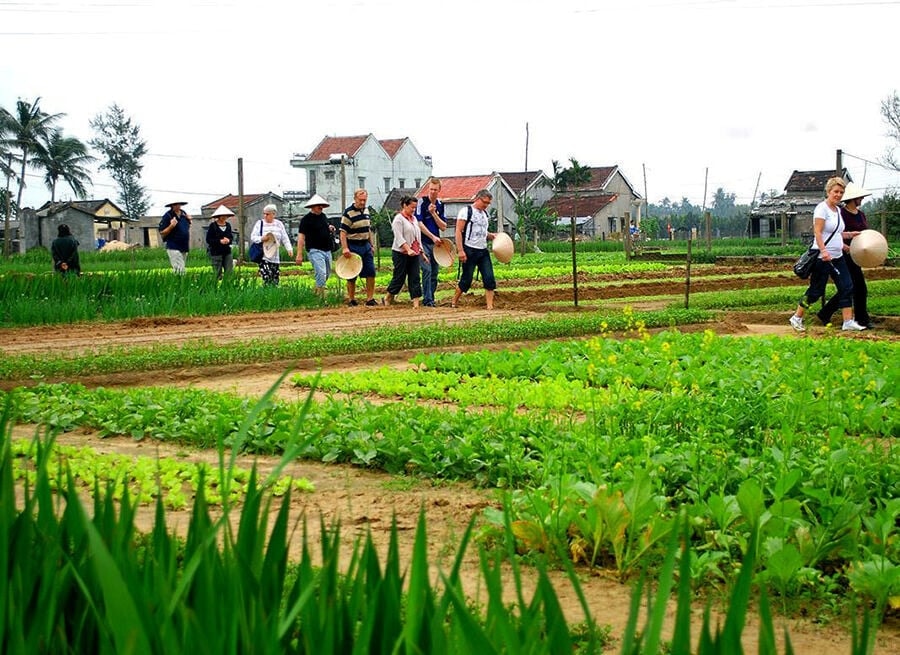
With the right and diverse strategy, the new Da Nang center with its advantages in infrastructure, communication and traffic connection, can completely become a "transit station" bringing tourists from the coastal city to the pristine villages in Dong Giang, Tay Giang, Tra My, and the poetic reservoir in Phu Ninh in just a few hours.
Tours of “crossing the forest, sleeping in villages, listening to gongs, learning to weave brocade” or floating on boats in the middle of a vast lake will be unique tourism products, contributing to diversifying services and extending the length of stay of tourists.
One requirement when developing mountain and rural tourism is to preserve the originality of local culture. To do so, Da Nang needs to establish a close coordination mechanism between the government - businesses - residential communities.
In particular, now there is no longer a district-level intermediary but goes directly to communes and wards for each tourism product of each rural area and village.
In addition to a team of professional tourism staff, local people need to be trained in reception skills, local tour guides must know how to "tell stories about their homeland" in the language of integration, must be sincere, open and friendly...
Meanwhile, investors need to adhere to the principles of preserving landscapes and traditional architecture when developing homestays, farmstays or eco-lodges to give visitors a sense of the unique features of the countryside and villages.
The important factor for rural and village tourism is that it cannot develop strongly if it is done alone. Especially in the context of digital technology being deeply formed in all aspects of social life, communication becomes fast and convenient. The formation of tourism clusters linking the sea, the city, the countryside, and the mountains will create a complete journey.
Tourists coming to Da Nang can not only relax at the beach but also visit Hoi An, row a boat in Tra Nhieu, drift and admire the mountains and forests in Phu Ninh Lake, participate in the buffalo eating festival in Tay Giang or sleep on the floor of a Guol house in Hoa Bac...
In addition, it is necessary to invest in proper communication: promoting on digital platforms, applying interactive tourism maps, making documentaries, and experience MVs with the participation of KOLs and travel bloggers at home and abroad. Once the product is available but cannot reach tourists, the opportunity remains only on paper.
The merger creates conditions to promote potentials and join forces to develop the economy and society, including exploiting tourism strengths. In particular, rural and mountainous tourism is the "rough diamond" waiting to be awakened strongly. Developing tourism is not only to enrich the locality but also to preserve culture, improve people's lives and spread the unique values of this land to friends at home and abroad.
To do so, Da Nang needs to prioritize the development of tourism that is distinctive, sustainable and community-oriented. That is the key to going far in the post-merger era and the era of green economy and experience economy.
Source: https://baodanang.vn/khai-thac-tiem-nang-du-lich-dong-que-mien-nui-3265126.html


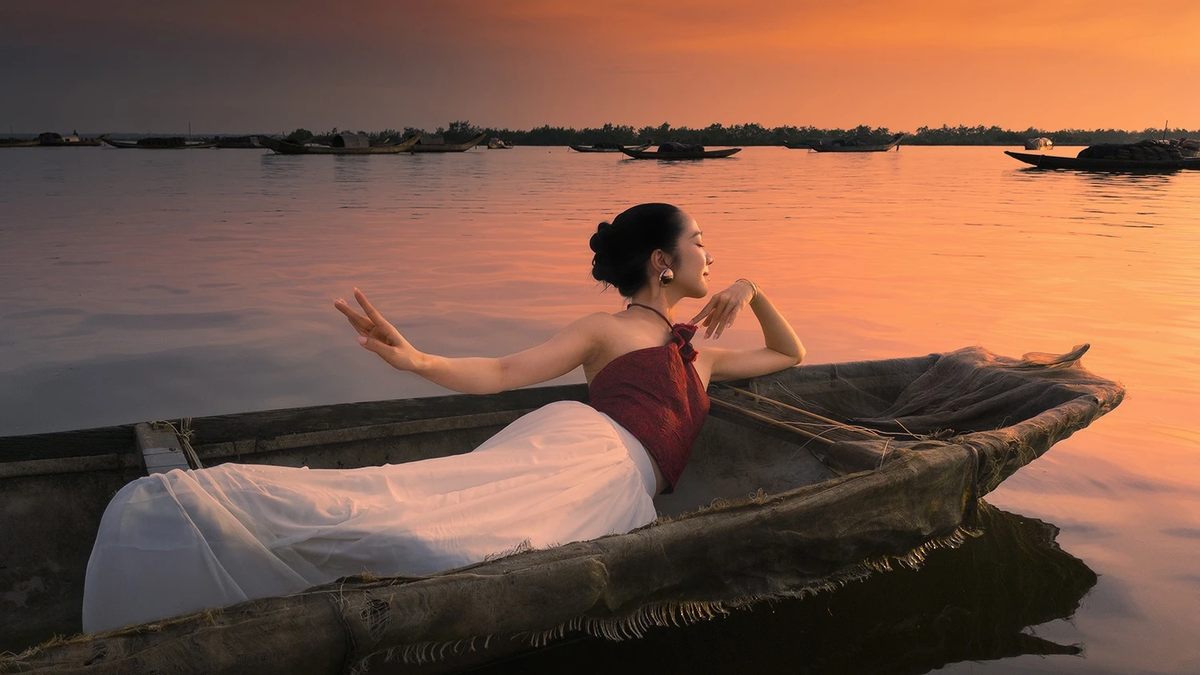
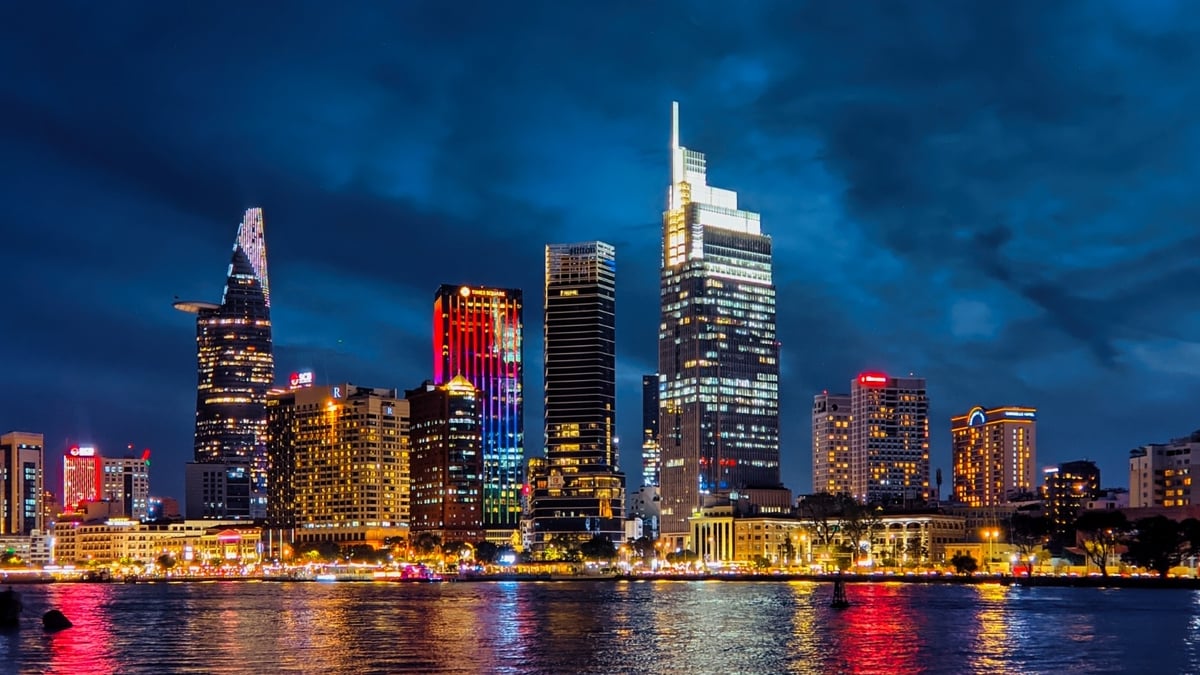
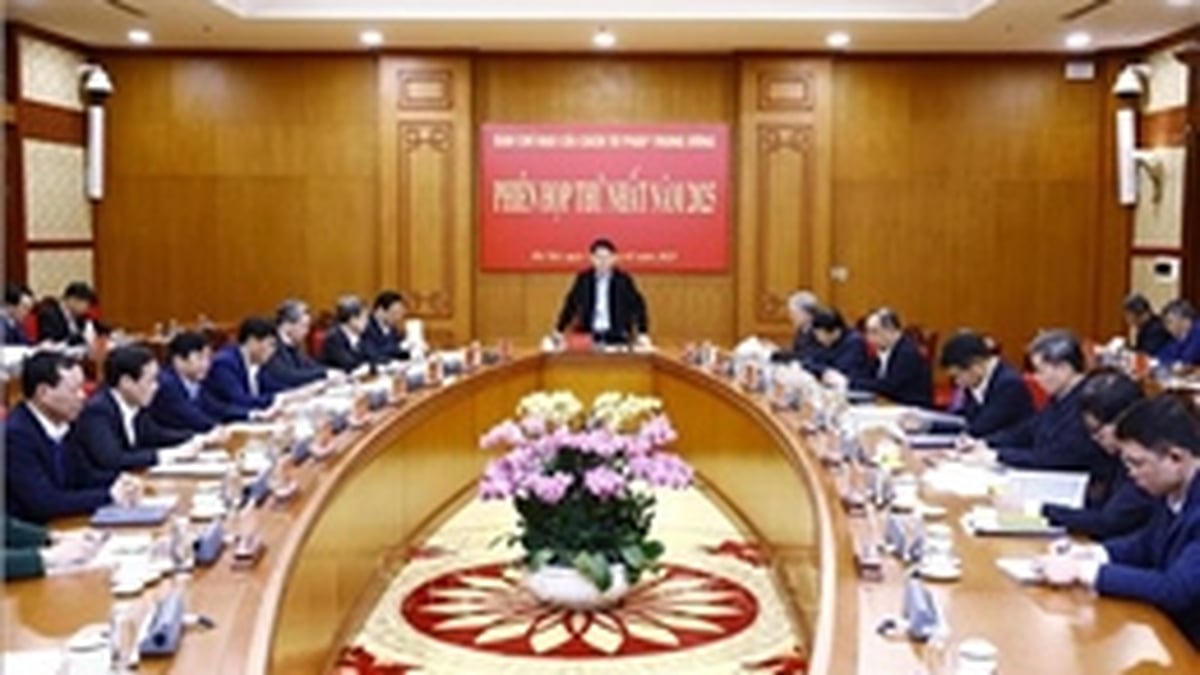
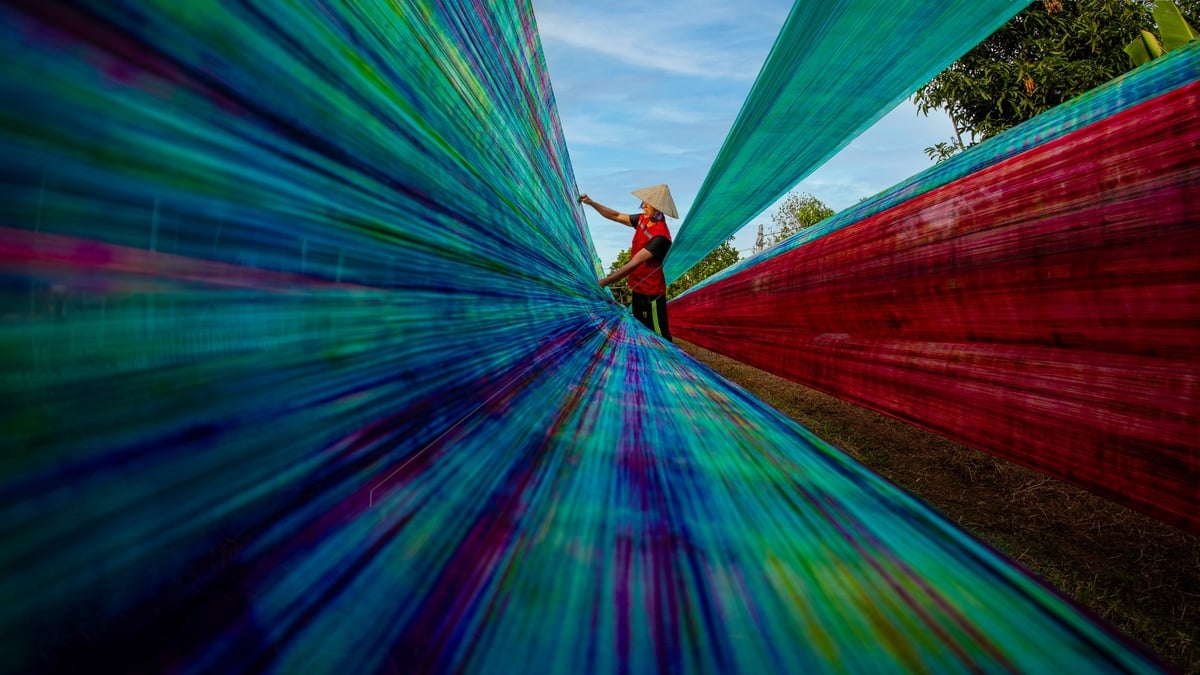
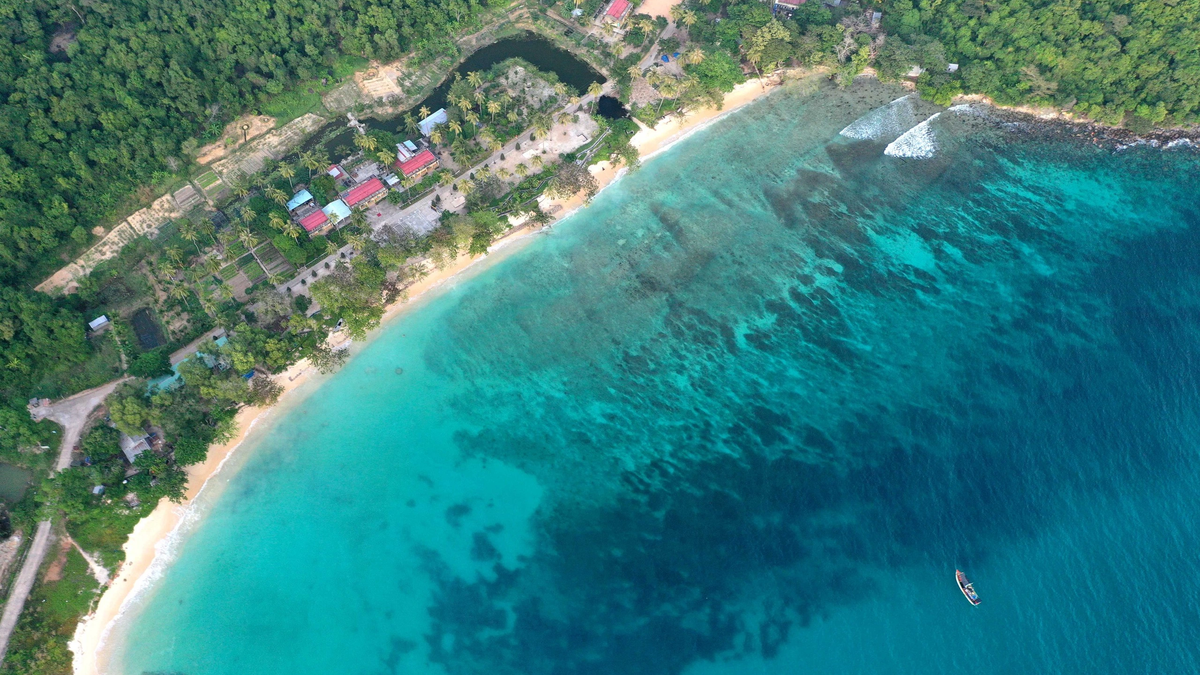
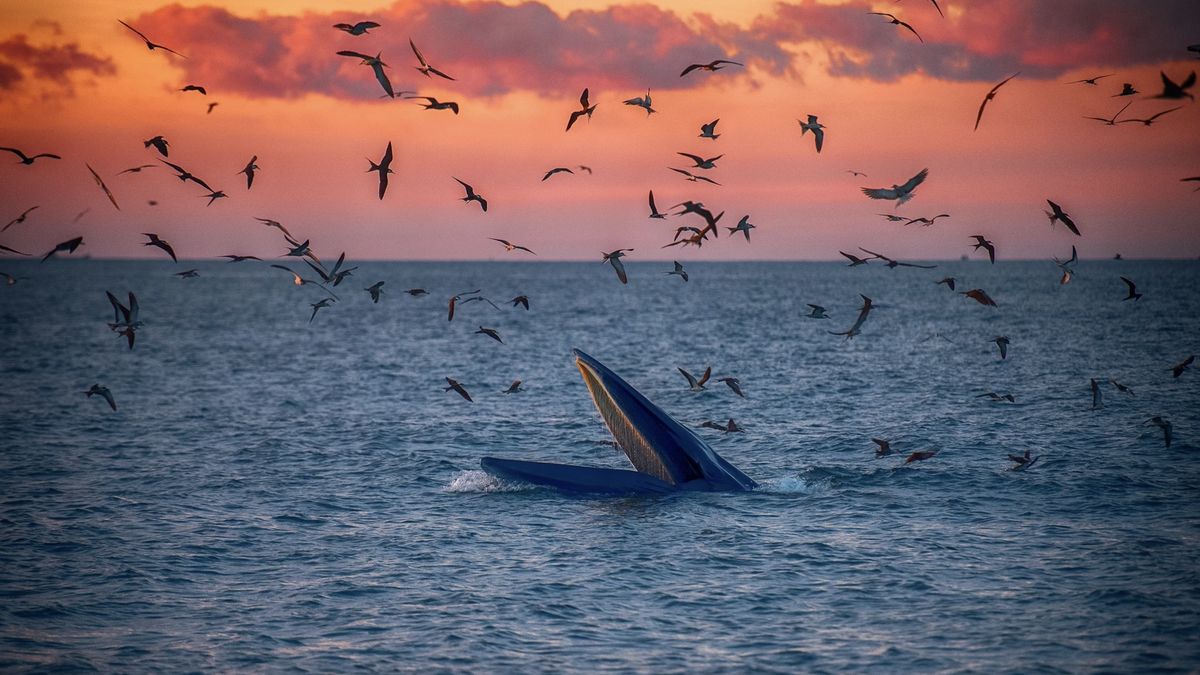
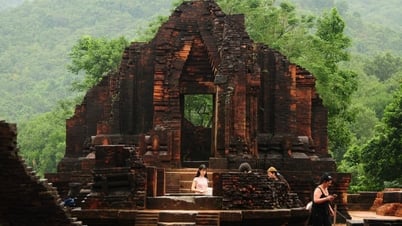

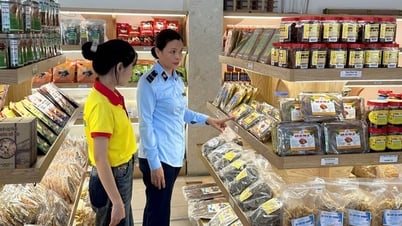

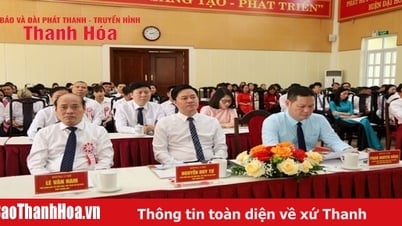

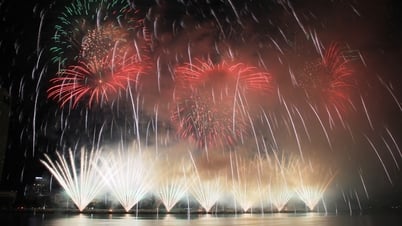

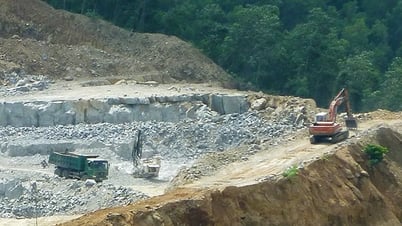

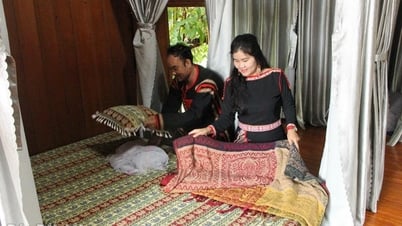

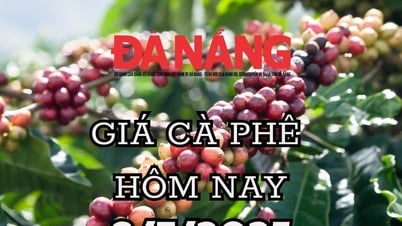
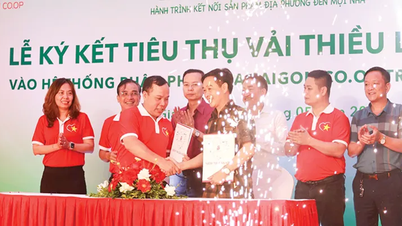



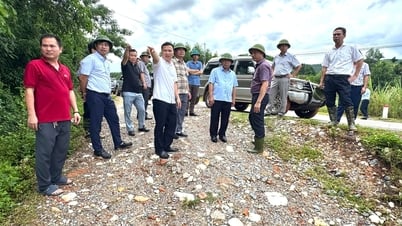

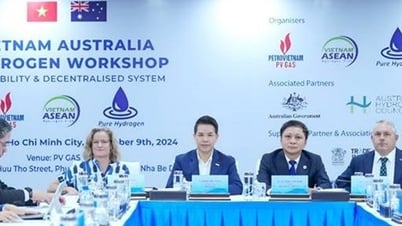







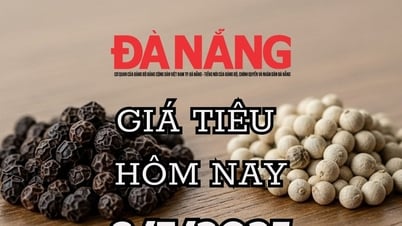

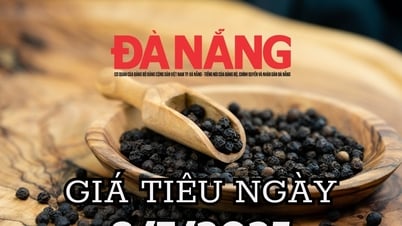
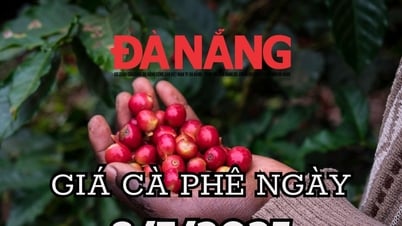

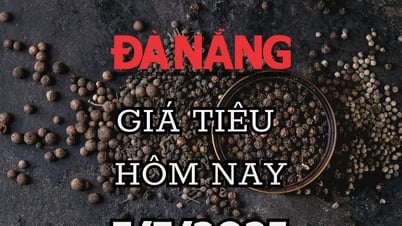
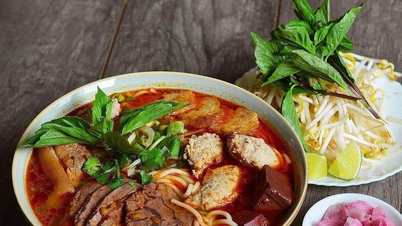

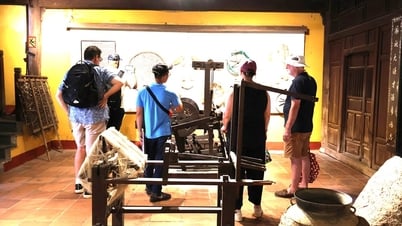

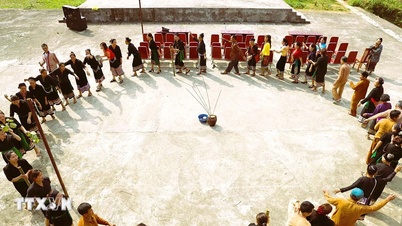
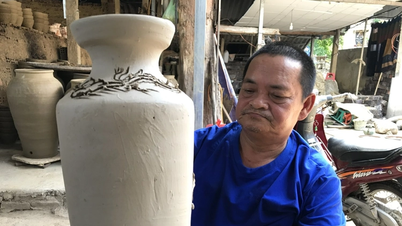

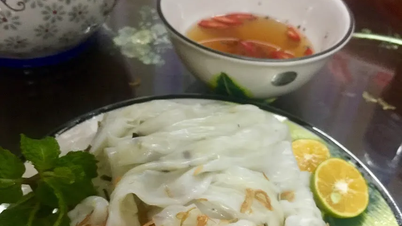

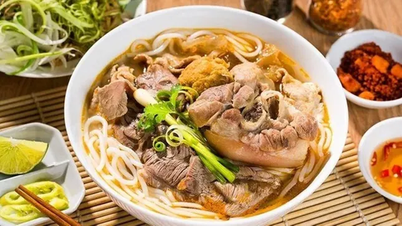

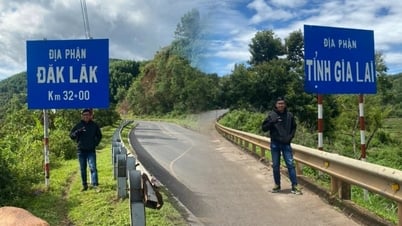

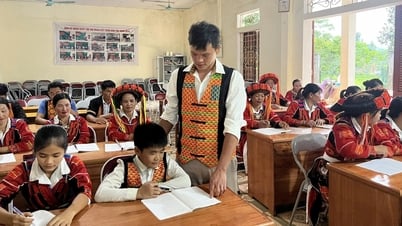






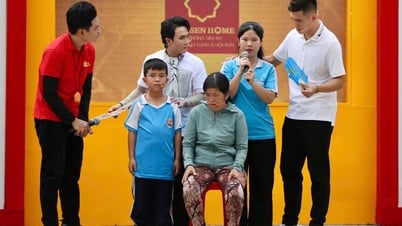

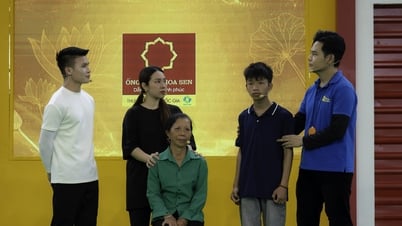
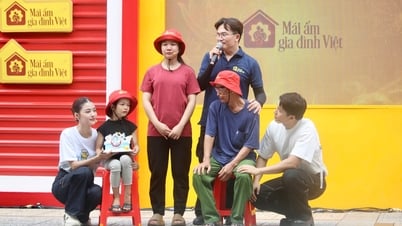
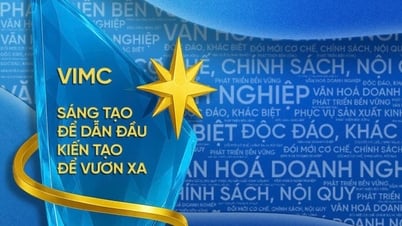

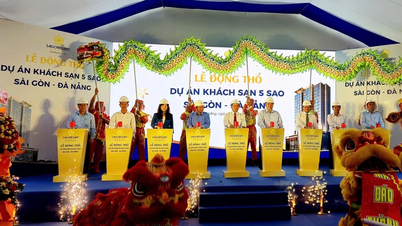
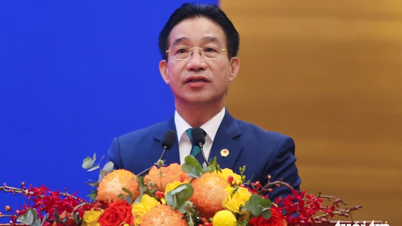
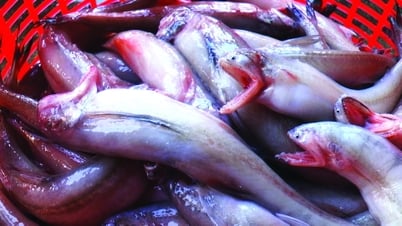

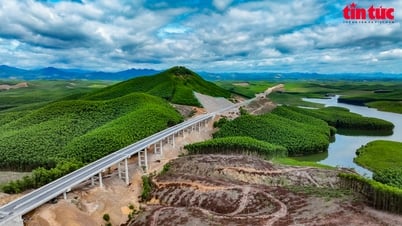

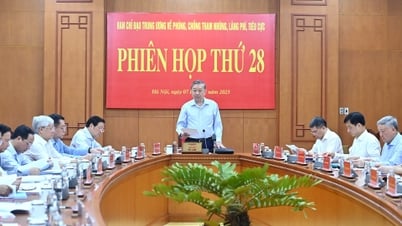


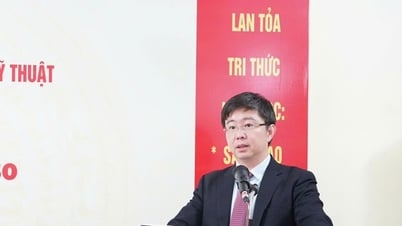

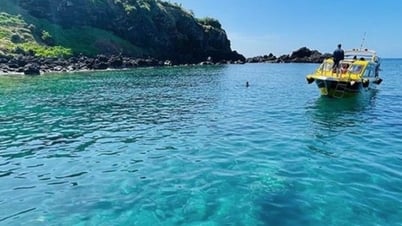

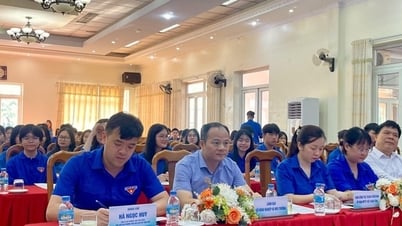
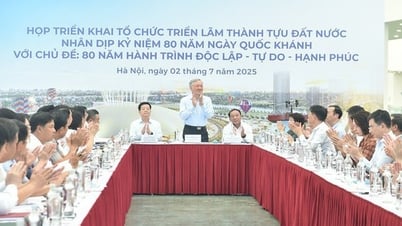
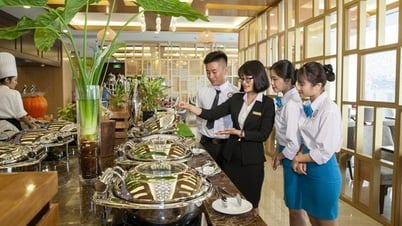

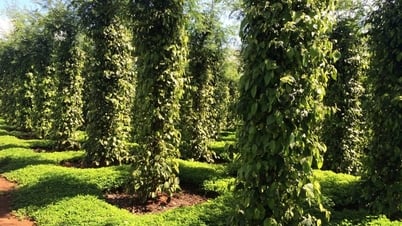

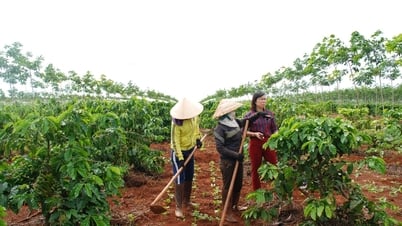
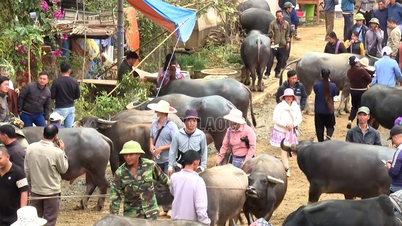









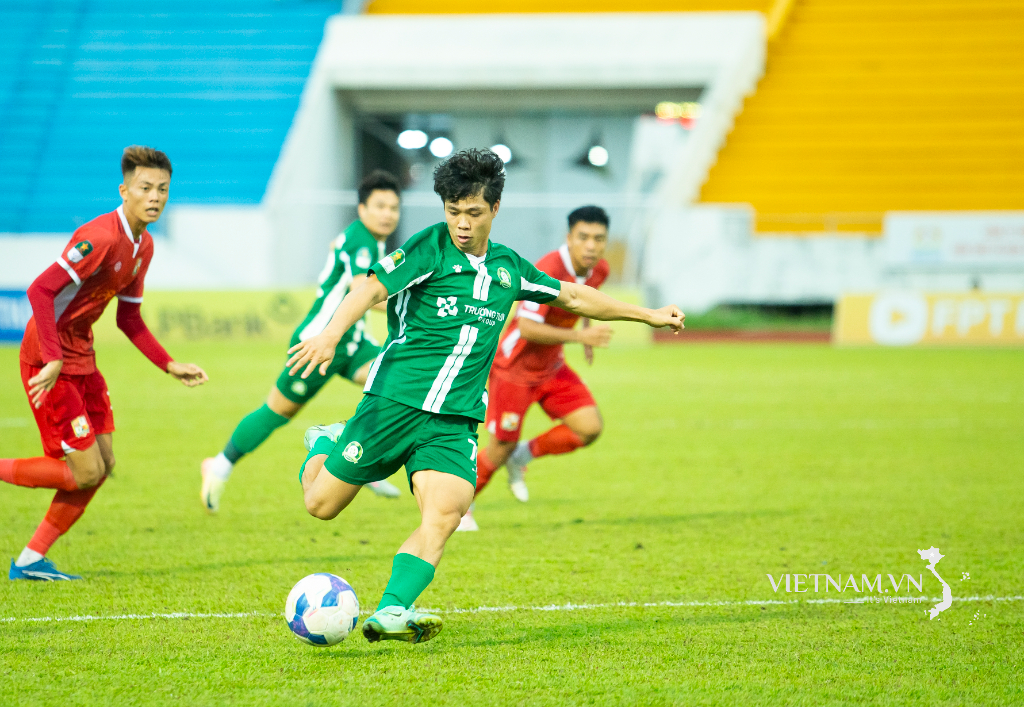
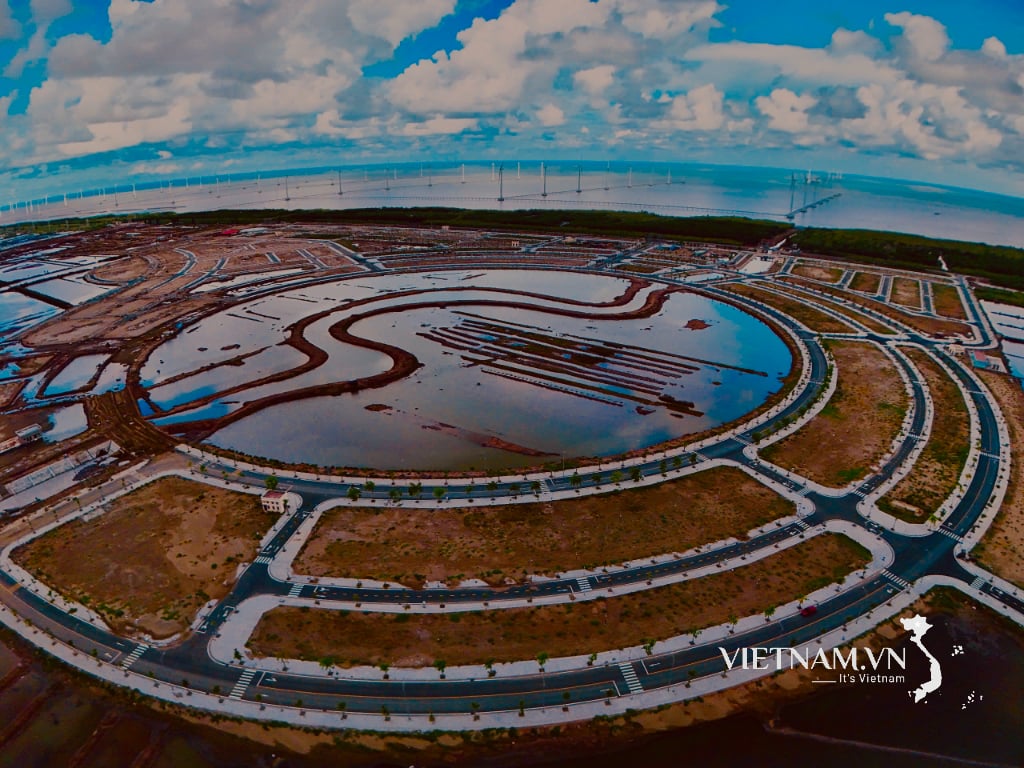
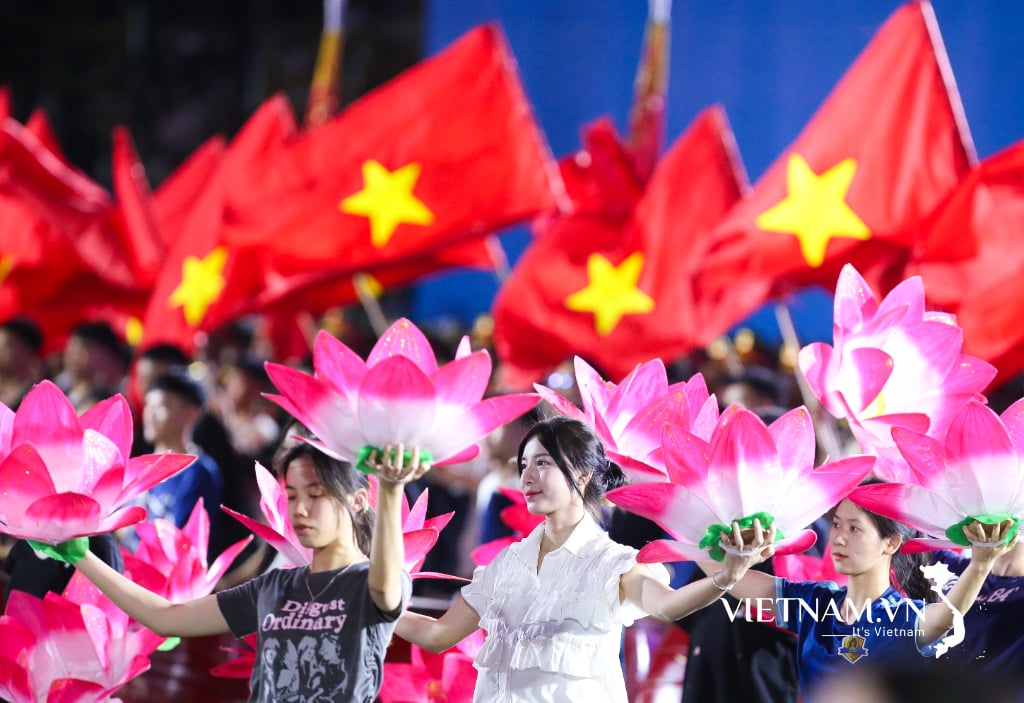
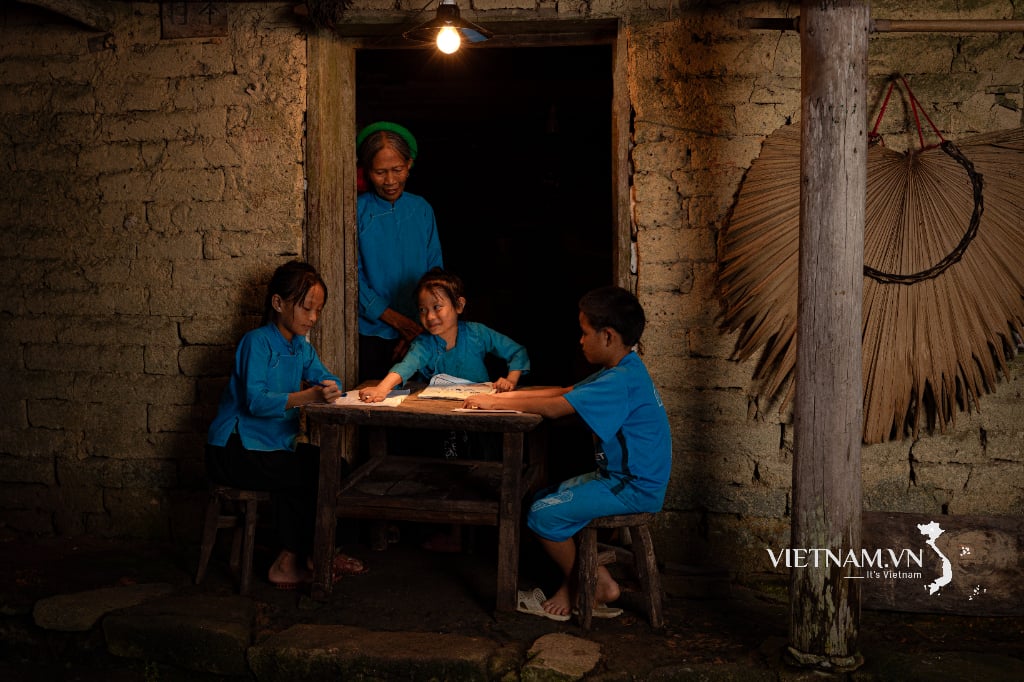
Comment (0)